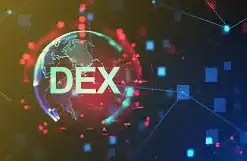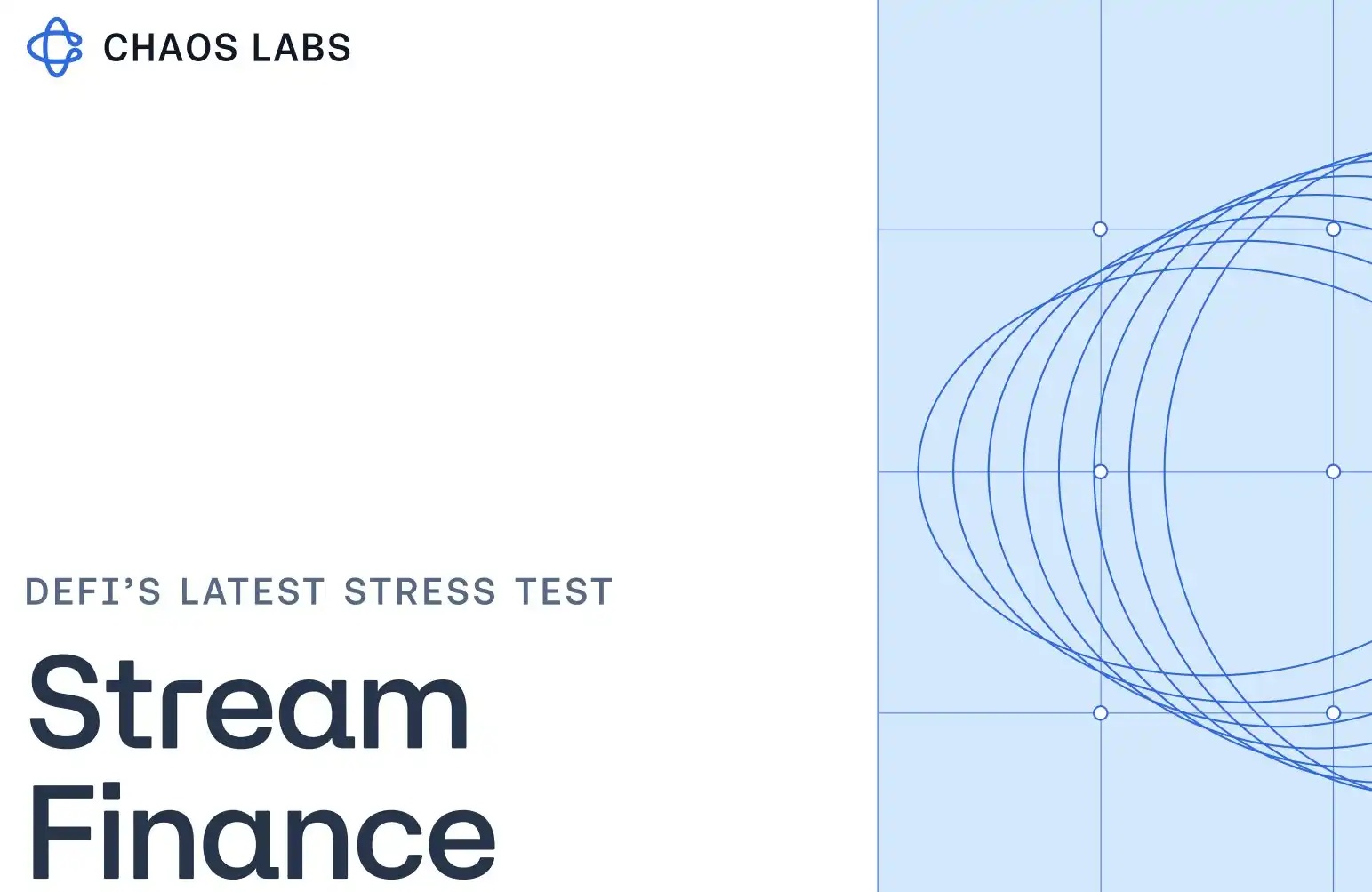Interpreting Particle Network: How does chain abstraction solve cross-chain complexity?
Particle Network is a development platform for Web3 that aims to improve developer efficiency and accelerate the mass adoption of Web3. Its core product is a login and wallet middleware based on MPC-TSS technology, which does not require end users to remember mnemonics and use gas fees, greatly reducing the threshold for Web3 adoption.
Currently, Particle Network has completed three rounds of financing, including a $1.5 million Pre-Seed financing led by Longhash Ventures in May 2022, a $7 million financing led by ABCDE Capital in March 2023, and then another round of strategic financing.

Particle Ecosystem
Since the product launch in late October 2022, Particle Network has worked with hundreds of Web3 projects.
Particle has been newly upgraded to wallet abstraction, chain abstraction, liquidity abstraction, gas abstraction and other functions. Therefore, in the chain abstraction track, its strength is still the abstract wallet, focusing on modular intelligent WaaS (Wallet as a Service). To this end, Particle Network has launched 4 major products to create a wallet ecosystem.
In terms of privacy protection, there is confidential zkStack, which protects the privacy and security of wallet login through zkWaaS on the one hand, and introduces the Paymaster mechanism through ERC-4337 to realize private transactions on the other hand. Through the Intent Fusion Protocol, the data liquidity on and off the chain is aggregated, and Particle tokens can be used as gas for all chains during the payment process. All components including Particle Chain constitute the omnichain account abstraction of Particle Network, which supports the storage, management, transmission and coordination of wallet accounts.
In addition, Particle Network also released the MPC+AA wallet solution, providing a cross-platform SDK to form a product matrix of MPC+EOA and MPC+AA account abstract wallets. In addition to wallets and login middleware, Particle Network also provides middleware products such as node services, data APIs, NFT full-stack API/IPFS services.

Under the rule of giants, Particle has focused on new directions, such as BTC layer2, GameFi's abstract wallet, SocaiFi's smart wallet, etc. Particle has laid the foundation for the 4 billion TVL of the Bitcoin layer2 network @MerlinLayer2. Among the many cooperative projects of Particle Network, the game sector is the most abundant, including traditional game giants such as FunPlus and Perfect World, as well as emerging Web3 game projects such as Era7 and Ultiverse.
On March 20, Particle Network announced that it would upgrade to a modular public chain to build a universal settlement layer across the EVM and BTC ecosystem, namely BTC Connect. It is reported that this is the first account abstraction protocol in the Bitcoin ecosystem, using the ERC-4337 design and L2 EVM compatible chain to introduce smart accounts, Paymaster, Bundler and Bitcoin-specific modes. This technology aims to enable all existing BTC wallets to control smart accounts on L2, opening up a wide range of possibilities for dApps while further interconnecting BTC with the smart contract ecosystem.
Particle Network Layer 1 is supported by dual staking provided by @eigenlayer through @EthosStake. The design adopts modular aggregate DA (AggDA), including @CelestiaOrg, @AvailProject, @eigen_da and @NEARProtocol's NEAR DA to achieve maximum decentralization, security and performance.
The key to the cross-chain element is the decentralized messaging network, and Particle Network Layer 1 leverages the optimized DVN of @LayerZero_Labs and the custom ISM of @Hyperlane_xyz, and relies on @IBCProtocol and @AcrossProtocol for deep interoperability. To accelerate chain abstraction, Particle Network is also working closely with other industry players focused on this goal, including NEAR and CAKE R&D groups.
After the launch of Particle Network Layer 1, the account assets and transaction settlements of cooperative dApps and users on various chains will be seamlessly migrated to Particle Network Layer 1.
Development Roadmap
It is reported that Particle Network's v1 testnet will be launched in the second quarter, when it will be able to experience functions such as providing wallets, liquidity and Gas abstraction services.
After entering the mainnet, Particle's aggregated DA and dual staking modules will debut in the testnet version and enter the mainnet v2 before the fourth quarter of 2024.
There is currently no detailed information on the Particle Network token and its community distribution. The official said it will be released soon, and the specific plan to promote adoption will be announced at the same time.
Comparative Analysis of Modular Tracks
In the context of one-click chain issuance, the more chains there are, the more inward competition there is, and the more prominent the cross-chain interoperability issues between chains are. In the face of these various complex compatibility problems between chains, the concept of chain abstraction was born, and its goal is to hide these technical complexities behind the scenes, and show users a simple front-end UX interface.
In addition to launching BTC Connect to solve the problem of allowing users to directly connect to the EVM environment through Unisat, Particle Network's behind-the-scenes technology is also centered around abstraction services. For example, a modular L1 public chain underlying architecture is built based on the Cosmos SDK, so that Particle can connect to the EVM environment, BTC UTXO environment, Solana high-concurrency environment, etc.
The chain abstraction service subject provides a pluggable interface expansion service, and the signature algorithm optimization and adaptation of the interface itself (CDK) are also particularly critical. More than 60 chains such as Bearchain and opBNB have also integrated this service. Particle only provides a standardized chain abstraction service that can be directly integrated by the cooperation project parties. After integration, the maintenance and optimization between the parties involved is very important. It is unrealistic to bear all the compatibility problems on its own.
In short, Particle is a typical modular layer1 public chain dedicated to solving complex problems of chain abstraction. The essence of chain abstraction is "connection integration" and "heterogeneous compatibility". The work is behind the scenes, allowing project developers to quickly and cheaply integrate and apply mature extension services, so that users can perceive a seamless interactive experience.
Synternet
Synternet is a blockchain that provides modular, interoperable data infrastructure for all major chains. At its core is the data layer, a protocol that acts as a customizable execution layer between all blockchains. Designed for efficiency, security, and interoperability, the data layer provides developers, organizations, and users with fully decentralized data exchange. By eliminating reliance on centralized services, Synternet provides fast and seamless access to real-time and historical on-chain data.
The Syninternet Data Layer Protocol was created to provide and access blockchain data. Although anyone on the data layer can publish all types of data, the protocol is built specifically for Web3 data. For the main blockchain data use case, full nodes connected to their respective blockchain networks can sell the data produced by these networks through Synternet, and users interested in building decentralized applications can purchase data using crypto tokens. The protocol for sharing and using blockchain data in an incentive-driven manner is called the Synternet Data Layer.
Through the Synternet Data Layer protocol, anyone can become a provider in the open market for Web3 data. Token holders decide which providers are reliable based on the quality of the data they provide and their overall performance, and pay the corresponding fees. The ability for data providers and consumers to trade with each other is a unique feature in Synternet.
Clave
Clave is a non-custodial smart wallet powered by account abstraction and hardware-level security elements (such as Secure Enclave, Android Trustzone, etc.), which aims to provide users with a friendly all-round financial experience through hardware-level security elements (such as Passkeys, etc.), while introducing account abstraction functions to simplify wallet creation and use. Users can use Clave to create accounts with one click, receive and send tokens using links and nicknames, and even split bills with friends.
Clave utilizes Secure Enclave for key management, which is a dedicated isolated microchip in Apple chips that is born for secure data and operations. It not only ensures that sensitive data such as private keys are protected, but also facilitates biometric authentication processes such as Touch ID and Face ID, adding another layer of security. Transaction signing within the Secure Enclave occurs in a separate hardware environment, ensuring maximum security. It is isolated from the main components of the phone and can be accessed through biometric authentication. The Secure Enclave is designed to protect the user's sensitive data from the rest of the phone.
To further enhance the user experience, Clave introduces the concept of sponsored transactions. This feature allows users to perform transactions without worrying about the specifics of fees, making the process smoother and more user-friendly. Clave removes the requirement to hold Ethereum (or any native token) to pay transaction fees, and users will be able to pay in any ERC20 token they wish.
Clave may be better than Particle in terms of security performance, but Particle's focus on BTC layer2, GameFi's abstract wallet, SocaiFi's smart wallet, etc., makes Particle's audience wider. And Particle not only has wallet products, but also a rich ecosystem. From the perspective of both audience and ecosystem, Particle may be better.
NEAR Protocol
NEAR Protocol is a proof-of-stake (PoS) blockchain, conceptually a cloud computing platform operated by the community. NEAR uses sharding and other technical innovations to significantly increase the network's transaction throughput, and it is considered by many to be one of the chains with the highest throughput in the blockchain space, with a finality time of 1 second and transaction costs lower than most competitors. Once its proprietary Nightshade sharding infrastructure is fully developed, NEAR claims to be able to process at least 100,000 transactions per second.
Since its inception in 2018, the NEAR ecosystem has been committed to the vision of chain abstraction, focusing on usability, flexible account models, and a highly scalable blockchain that can support mainstream applications with billions of users. Through a combination of technologies, NEAR can create a seamless process where users can create an account with their email, use the account without accessing funds, and even control the account across multiple chains.
NEAR achieves chain abstraction through a combination of Relayer (which allows developers to subsidize gas fees for their users), FastAuth (which allows users to create and recover accounts using their email addresses through multi-party computation), and multi-chain signatures. The combination of these services can create a seamless user experience where users can use blockchain-based applications without realizing that they are using a blockchain.
NEAR Protocol's high throughput is its advantage, but NEAR cannot bridge the gap between the EVM and BTC ecosystems, but Particle can do this and has released the technology "BTC Connect", which interconnects BTC with the smart contract ecosystem, opening up more possibilities for new dApps.
In addition to the three listed above, modular track projects have begun to increase gradually. Such as Atleta Network, Nero Chain, Dymension, and Movement, which recently received $38 million in financing. They each have their own characteristics. For example, Nero Chain uses the Paymaster mechanism in the account abstraction to sponsor the Gas fees for the first few transactions made by new users, allowing them to explore the platform without incurring initial costs. Dymension introduces a paradigm shift in expansion, allowing future metaverse applications, games, and other ultra-high throughput services to be customized according to their needs.
However, Particle supports multiple public chains such as EVM, BTC, Solana, etc., launched "BTC connect" and upgraded wallet abstraction, chain abstraction, liquidity abstraction, Gas abstraction and other functions. Particle Chain may eventually become a one-stop solution for users and dApps, which is a height that most modular protocols cannot reach at present.
Project Prospects
Currently, the biggest obstacles to Web3 adoption are undoubtedly mnemonics and gas fees. Particle Network is the first company in the industry to use MPC-TSS technology to lower the threshold for mnemonics and gas.
By using Particle MPC login and wallet middleware, developers can allow users to log in to dApps directly through mobile phone numbers, emails, Google, Facebook, Twitter and other methods, and automatically create an on-chain, non-custodial wallet without considering mnemonics and Gas fees, which greatly reduces the threshold for user login and use, and improves the subsequent interaction with the chain, including transfers, signatures, authorizations and other user experiences.
In the future, Particle Network may become a full-stack middleware platform for developers, helping developers focus on building business scenarios, releasing productivity, and allowing Web3 to move towards hundreds of millions of users with a lower threshold.
The chain abstraction track that Particle Network focuses on is created by the complexity of the current cross-chain native environment. Now everyone is still immersed in the complexity and prosperity brought by modular combination. The irrational period may not be able to perceive the value of "chain abstraction", but when the competition between chains is involuted to the point where a big wave of sifting sand and reshuffling is needed, the value of the chain abstraction track will naturally emerge.
Welcome to join the official BlockBeats community:
Telegram Subscription Group: https://t.me/theblockbeats
Telegram Discussion Group: https://t.me/BlockBeats_App
Official Twitter Account: https://twitter.com/BlockBeatsAsia


 Forum
Forum Finance
Finance
 Specials
Specials
 On-chain Eco
On-chain Eco
 Entry
Entry
 Podcasts
Podcasts
 Activities
Activities
 OPRR
OPRR










